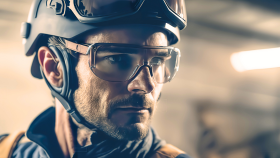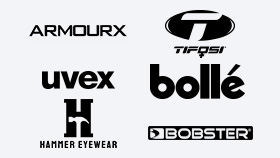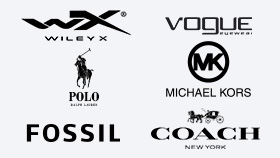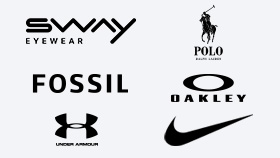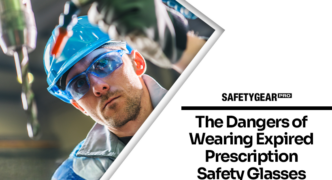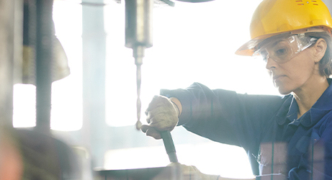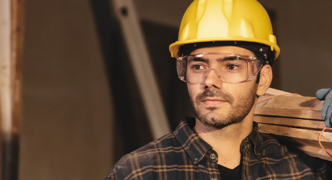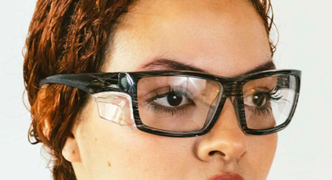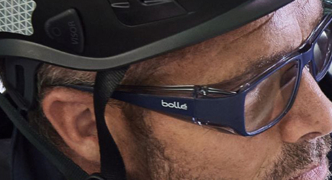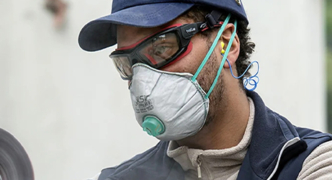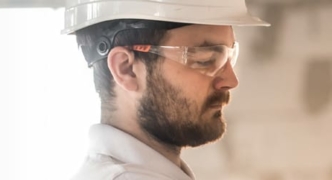
Safety eyewear is much different than standard glasses because they provide significantly more protection. To ensure that the glasses you buy to protect your eyes are strong enough, they are imbued with the EN166 certification. All EN166 prescription safety glasses undergo rigorous testing to ensure they meet the standards of the European certification for eye protection.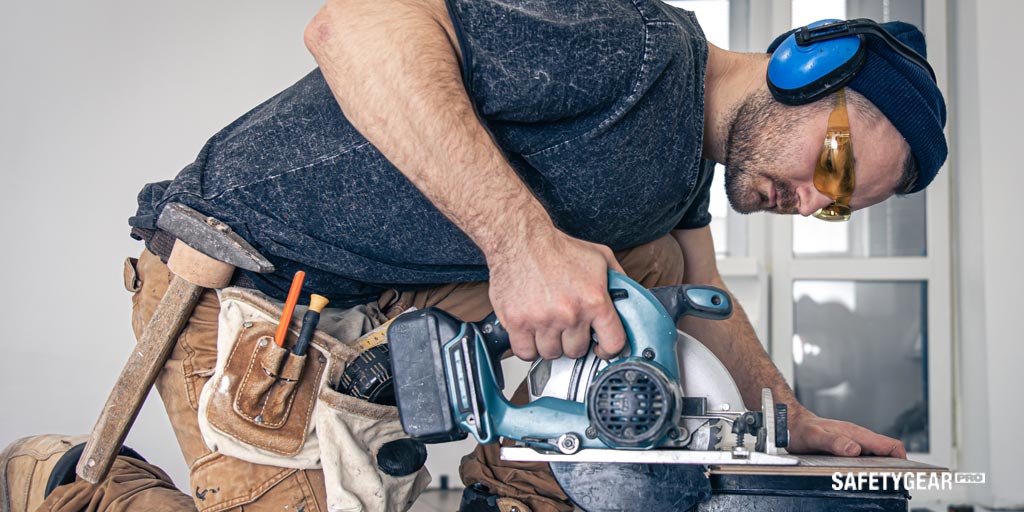
Understanding the EN166 Standard
All safety glasses in Europe must adhere to the quality and durability standards of the European certifying body. The EN166 certification is the primary technical safety standard for eye protection against all types of hazards.
While every industry may have specialized safety goggles or glasses, any pair with the EN166 marking indicates protection against particles, chemicals, or other debris that may damage your eyes.
To become certified, a pair of glasses must undergo several tests. The tests include:
- Field of vision
- Heat
- UV light resistance
- Optical diffusion and transmission
- Corrosion resistance
Because of the number of tests glasses must go through to prove worthy of certification, consumers should feel confident in the product. However, there are different levels of certification.
Reviewing the Different Types of EN166
The EN166 standard is an umbrella term covering several types of safety glasses. Understanding each of the different classifications will help you identify the protective eyewear that is most beneficial.
EN166S
If you see a pair of EN166 prescription safety glasses with an EN166S stamp on the frame or lenses, it indicates a level of enhanced robustness. These frames undergo specific stress tests and are proven capable of handling a tremendous amount of blunt force.
EN166F
EN166F ratings imply the glasses are sufficient for low-energy impacts. Both the lenses and frames can still handle blunt force.
EN166B
If a pair of prescription safety glasses have the EN166B marking, it indicates the protective eyewear is technically goggles with a higher durability rating. Safety goggles are suitable for harsh environments.
Checking for EN166 Certification Markings
Every pair of certified safety goggles or glasses will have an official mark. You can find the markings on the frames and the lenses. If you look closely, you will see a manufacturer’s mark and the EN166 stamp followed by letters and numbers.
The letter and numbers correlate with a specific categorization. There are guides available online to understand the different codes and classifications of EN166 glasses.
EN166 prescription safety glasses are the gold standard of safety glasses and goggles. The certification mark means the eyewear passed rigorous testing to prove durability. If you are unsure of the capabilities of a pair of safety glasses or goggles, consult a retailer or the manufacturer. If you want a pair of EN166 safety glasses, visit Safety Gear Pro and peruse the wide selection.
FAQs
1. Why are safety glasses necessary?
Safety glasses are not necessary for every setting or under every condition. Mainly, protective eyewear is needed whenever your eyes are at risk from debris, chemicals, or other hazards. Common areas where safety glasses or goggles might be necessary include industrial plants, construction sites, manufacturing plants, home garages, and some athletic fields or arenas.
2. Can you wear safety glasses all day?
You can wear protective eyewear all day, but there is rarely a need for it. You should wear safety glasses or goggles when your eyes are at the greatest risk of injury. For many people, their occupations or hobbies merit wearing protective eyewear for extended periods. You will need to judge when such use is necessary.
3. Are protective eyewear required?
OSHA requires protective eyewear when your work exposes you to chemicals, dust, impact tools, flying debris, or other materials or hazards. However, outside of an occupational setting, you can choose when to wear safety glasses or goggles. If you are unsure if you must wear protective eyewear at work, consult your employer.
4. Do all protective eyewear offer the same level of protection?
All protective eyewear must undergo stringent testing to receive the classification. However, there are different levels of protection offered by different glasses or goggles. Goggles tend to offer a higher level of protection than glasses, but face shields can provide the best defense. If you are unsure what type of protective eyewear you should buy, consult your employer.
5. Can you use standard prescription glasses as PPE?
Regular prescription glasses are not the same as safety glasses. The lens and frame materials are usually not as durable as protective eyewear. Also, standard glasses do not typically provide enough coverage to protect your eye against all hazards. The lenses do not wrap around to cover the periphery, leaving your eye vulnerable.

